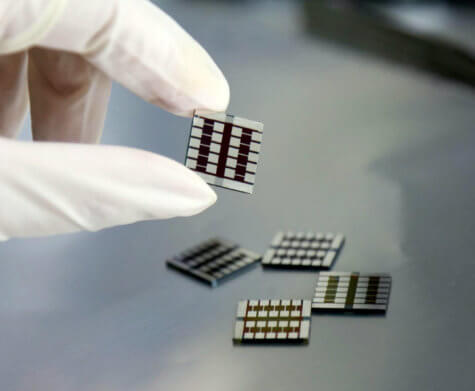SHANGHAI, China — Spicy chili peppers may be the key to cheap, efficient and abundant solar energy, scientists contend. A pinch of capsaicin, the compound that gives peppers their well-known bite, can give regular solar cells virtually the same power output as the most expensive panels created to date.
The green, sustainable, stable, and inexpensive technology is considered very “promising” and could lead to widespread commercial use of the clean energy source. Scientists in China and Sweden discovered that capsaicin yields a greater abundance of electrons. Current solar panels, even state-of-the-art, are plagued by an undesirable electron-level process that reduces efficiency and exacerbates heat losses.

To test the chili pepper compound, researchers used a combination of ultraviolet and x-rays to determine how it worked in the solar cells. They found that devices containing capsaicin had an efficiency of 21.88 percent, nearly as high as the record 21.93 percent of the most expensive single-crystal panels. The enhanced solar cells also showed improved stability, maintaining more than 90 percent of their initial efficiency after more than 800 hours.
The spicy pepper panels also greatly reduced the defect density in perovskite, the hybrid organic-inorganic lead or tin halide-based material, as the light-harvesting active layer, which boosted charges and prevented leaks.
“Considering the electric, chemical, optical, and stable properties of capsaicin, we preliminarily found that it would be a promising candidate,” says Qinye Bao, a senior author of the study from East China Normal University, in a statement. “In the future, green and sustainable forest-based biomaterial additive technology will be a clear trend in non-toxic lead-free perovskite materials. We hope this will eventually yield a fully green perovskite solar cell for a clean energy source.”
Bao adds: “We hope to generate new knowledge of great value to further increase the power conversion efficiency and stability of perovskite solar cells.”
The research was published in the journal Joule.
SWNS writer Joe Morgan contributed to this report.
